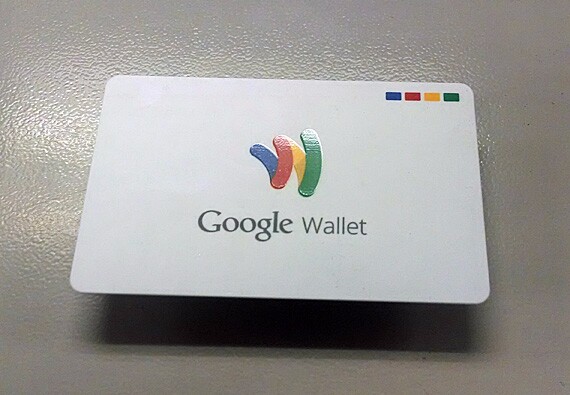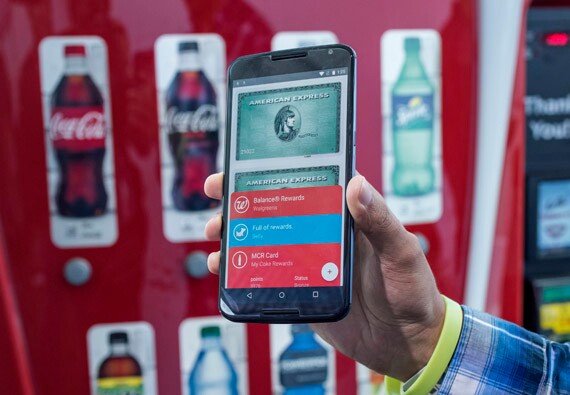

Wallet 1.0

Wallet Reimagined

Building a Bridge

Softcard Falls on Hard Times

Android Pay








The Boston-based custody bank has acquired PriceStats, a private economic researcher. The move comes at a time when federal data agencies are weathering budget cuts, political attacks and a government shutdown.
Barwick Banking Co. will have the wherewithal to accelerate its expansion in Georgia and Florida after a $50 million investment from a new venture capital platform.
The fintech SpringFour has partnered with financial institutions to connect individuals to community resources in a record-long U.S. government shutdown.
Following a judge's rejection of a 2024 settlement with merchants, the card networks are offering a slightly higher interchange reduction and easing card acceptance rules. It's the latest attempt to end a legal fight that's two decades old.
Sunrise Banks and other members of the Global Alliance for Banking on Values are encouraging their employees to train the generative AI models they use, so that the models understand values-based banking.
Industry groups and consumer advocates are continuing to push for regulators to interpret the GENIUS Act's prohibition on stablecoin interest as broadly as possible, while crypto firms push for a narrower interpretation, arguing that increased competition would benefit consumers.